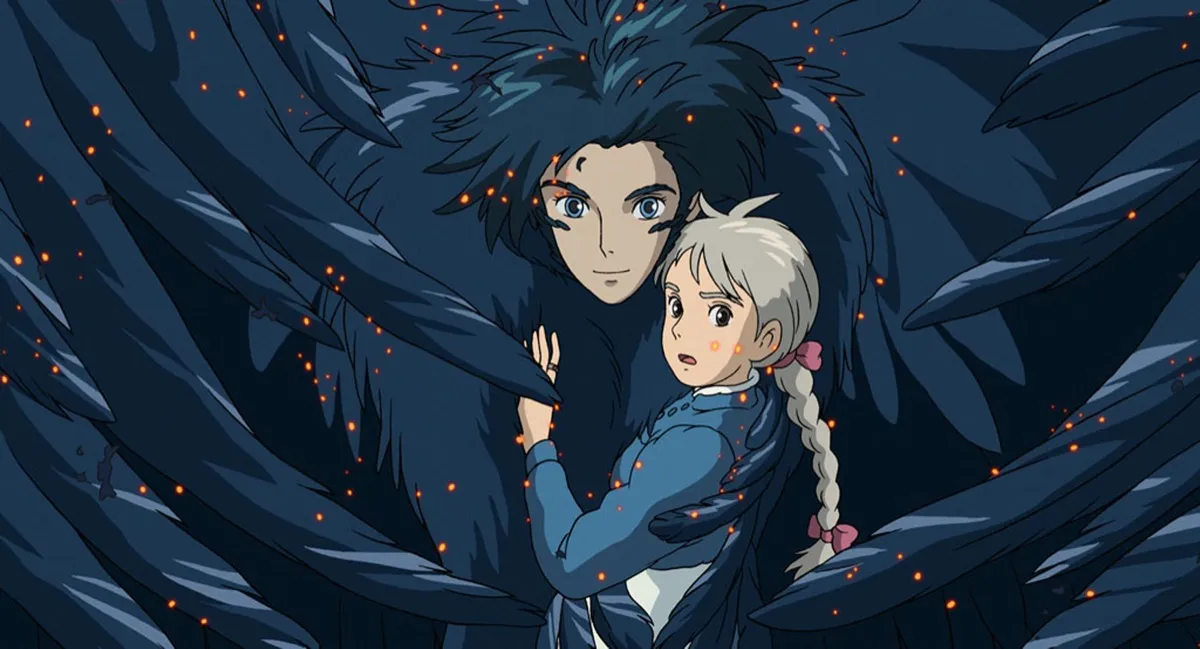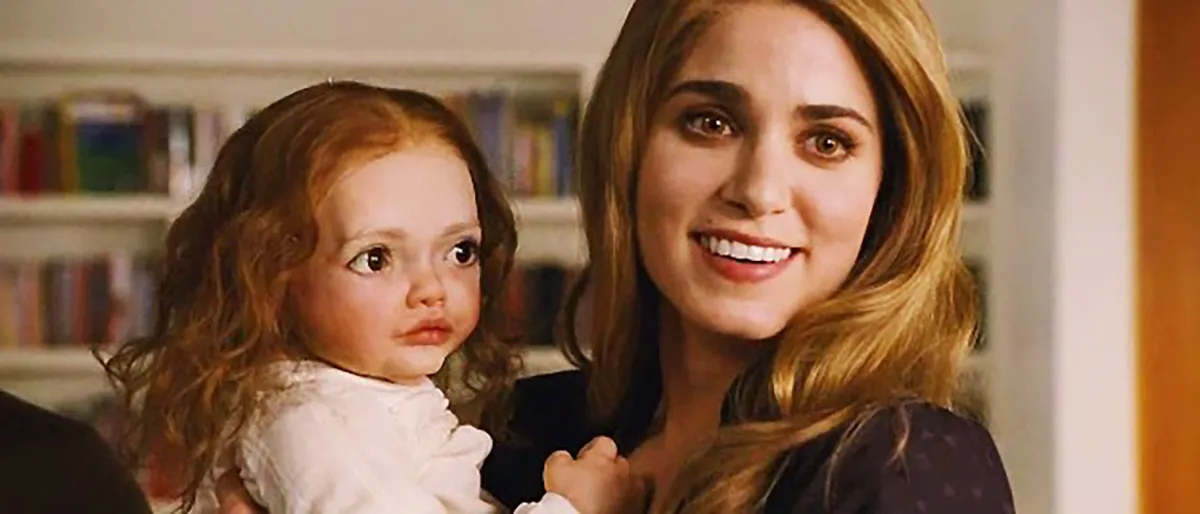Twenty years ago, Howl’s Moving Castle premiered in Japan and started its journey to the very top of Studio Ghibli’s list of best movies. That’s saying something, considering the spotless track record the studio has had since its foundation in 1985.
The story of Howl’s Moving Castle comes from the 1986 novel of the same name by English author Diana Wynne Jones, even though there are some sizable differences between the book and the movie—like the fact that the novel has a connection to our real world that the movie is lacking, or how Howl and Sophie spend a lot more time arguing in their original iteration than they do in their animated forms.
But the heart—a word chosen not casually—of the story remains the same. Sophie Hatter, who’s convinced nothing much will ever happen to her except taking over her family’s hat-making business, runs into the terrible Witch of the Waste who casts a curse on her, turning her into an elderly woman. When she escapes her town and her family to hide the curse from everybody, she essentially breaks into the wondrous moving castle of the infamous wizard Howl, where she meets the wizard himself in all his primadonna glory, his young apprentice Markl and the fire-demon Calcifer, the one who makes the castle move and who fills it with magic.

What follows is an adventure that will eventually lead to Sophie gaining back her original youthful form and Howl accepting the burden of his responsibilities and his (literal) heart, while the story moves from the past to the present and across the devastation of war. It’s a quintessential Ghibli movie through and through, which is undoubtedly why it remains one of the studio’s most beloved works.
And there’s so much to love about Howl’s Moving Castle. Its scenery is magnificent, toying that line between fantastical sights and normal-ish settings in the way that magical realism does so well. Every scene featuring the castle, with all its chimneys and secret doors and weird little Baba Yaga-house style legs, or set within it is an absolute delight for the eyes will all the detail and care that went into every frame.
But then again the scenes set outside it are so majestic and sweeping that it’s impossible not to feel awed by them—especially the ones set in the endless field of flowers that Howl gifts Sophie, or the one in which Howl and Calcifer form their pact, which has always been a personal favorite ever since the first time I watched the movie.
All those scenes are propelled forward by the power of Joe Hisaishi’s score, which has by now become iconic in its own right like pretty much every single one Hisaishi composed for Studio Ghibli. If you think you’ve never heard a piece of the Howl’s Moving Castle score, think again—you’ve undoubtedly stumbled across “The Merry-Go-Round of Life” at least a couple of times just by being on the Internet. And it’s a good thing you did since it’s one of the most beautiful pieces Hisaishi has ever worked on.
The movie also has a powerful anti-war message, like so many of Hayao Miyazaki’s works—and that message is smoothly woven into the story so that it remains one of the audience’s main takeaways from the movie without it being spoonfed to them the way it happens more and more frequently with movies and television shows.
Of course, though, the love story at the centre of Howl’s Moving Castle is one of the biggest reasons for its long-lasting success. Howl and Sophie are a perfectly matched couple, him with his flamboyant moods and seemingly careless attitude and her with her matter-of-fact approach to life and incredibly caring heart.
The fact that their romance starts when Sophie has the appearance of an elderly woman makes it even more interesting, and that’s before the movie drops the third-act twist on its audience—that is, Howl remembers seeing Sophie during her vision of the past and has been searching for her all these years. Something that makes rewatching their iconic first meeting and Howl’s line “There you are, sweetheart. Sorry I’m late, I was looking everywhere for you” even more emotional.

What’s important, though, is that Howl and Sophie’s deep understanding of each other’s characters is what ultimately allows them both to be made better by the other. And that’s what all great ships are made of, which is why they still pop up across all fandom platforms. It’s no less than what they deserve.









Published: Nov 21, 2024 6:01 PM UTC